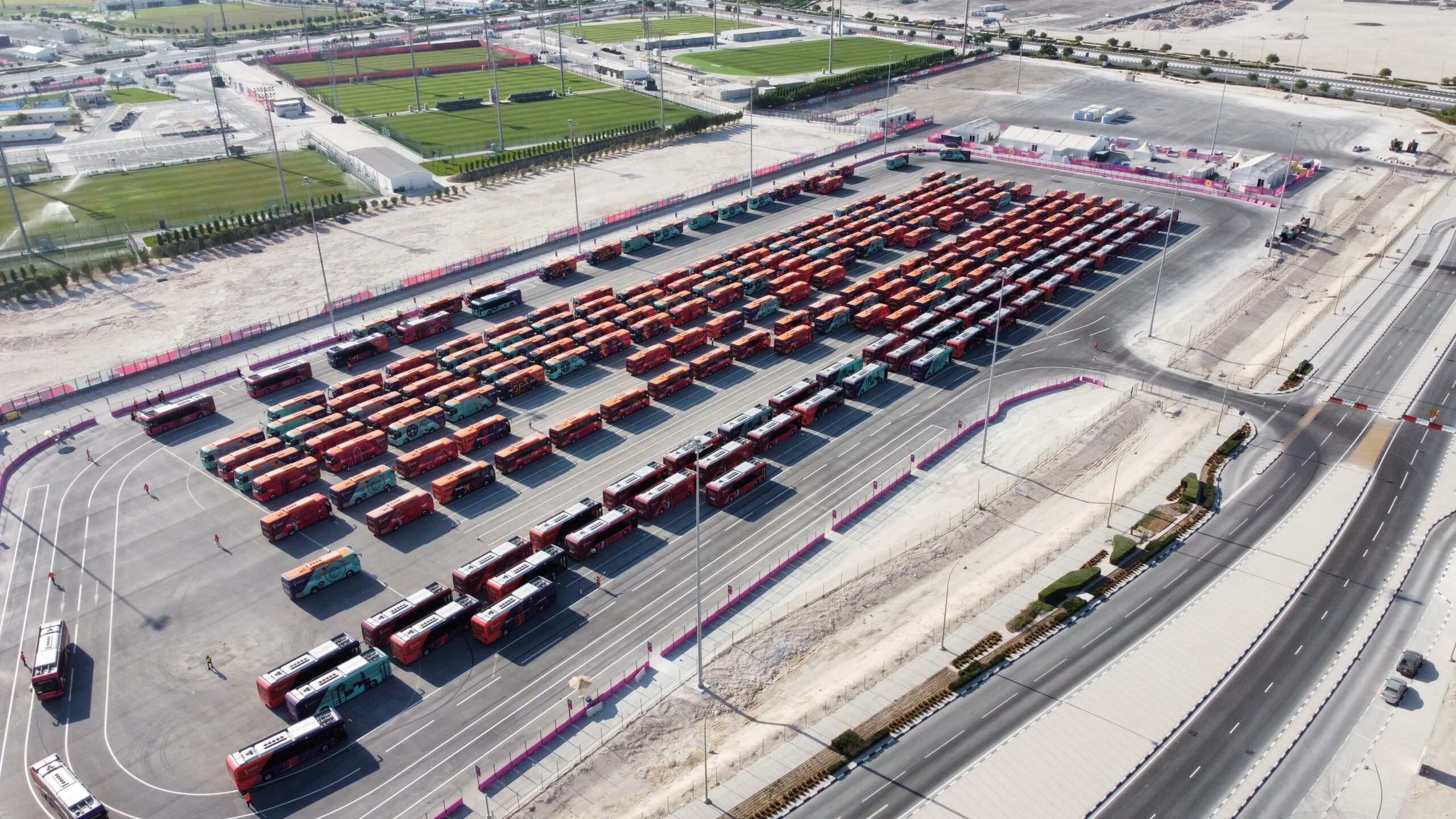
It can be an unnoticed aspect of a sporting event — unless it goes wrong, in which case it’s a major talking point for participants and a massive source of annoyance for the event organizer.
Transportation and the logistics of getting people places for sporting events, whether a community 5K with parking lots near the start/finish line or FIFA events where tens of thousands are ferried from one site to another, are a thankless task. One of the major companies worldwide in event transportation, TMS, is celebrating its 30th anniversary this year and the company is enhancing its brand with what it’s calling an Event Mobility Framework, a resource designed to guide event organizers, host destinations and venues in making transportation a core pillar of event success.
“I say to people sometimes we strive to go unnoticed,” TMS Chief Executive Officer Kevin O’Connor said. “It’s a glorious thing when you don’t hear about transport. If you do, oftentimes it’s not because it was good. … We’re trying to spend a lot more time now focused on how we can enhance the customer experience.”
Transportation Needs Differ by Event
TMS’ major sporting events experiences range from the Kentucky Derby, U.S. Open golf and the Formula 1 Las Vegas Grand Prix to global mega-events including the World Cup in Qatar and the Olympic and Paralympic Games.
When designing plans for a major sporting event, the process begins by reviewing prior years of logistics for the event, then examining the event’s schedule and site plan to understand venue access points, security overlays, ingress and egress windows and more.
“What we’re trying to do is really find innovative and creative ways where we can make that passenger experience better,” O’Connor said. “Part of that is about having consistentcy and reliability and how quickly and effectively you move people safely from point A to point B.”
There is also the point that not all events are the same. TMS has worked multiple U.S. Open golf tournaments but with a new destination and course each year, what works at one location may not work at another. Each event requires a custom approach through accumulated learnings that then leads to playbooks that balance operational practices with market-specific adaptations.
With three decades of learning, the company knows what to do when things at a sporting event inevitably stray off plan. One example was the Home Run Derby at the 2008 Major League Baseball All-Star Game festivities at the old Yankee Stadium in New York. Josh Hamilton’s then-record performance led to the event running past its scheduled end time, leading TMS to extend bus service and staff onsite by an extra two hours in real time.
Part of the development within event transportation is the creativity involved with new hospitality wrinkles. TMS is working with Kansas City on that city’s 2026 FIFA World Cup transportation planning and is imagining ways to integrate the city’s culture into when people are ferried to Arrowhead Stadium
“We’re looking to have people handing out BBQ sliders and playing jazz on the route, (have) information and things that people can take with them that are a part of that experience,” O’Connor said. “We’re trying to integrate things into the event ecosystem and give them something that enhances the brand, enhances the experience for the people that are coming.”
World Cup Logistics Offer a Challenge
When it comes to challenges, there may not be one for TMS to top — yet — than the 2022 FIFA World Cup in Qatar. With eight stadiums in the country and the furthest distance from one venue to the other measuring 46 miles, the challenge in moving fans around to potentially three matches a day was a logistical undertaking unlike any other.
“We know the service levels required by FIFA,” O’Connor said. “But the math and the process we use to come up with the plan is dramatically different depending where you are. We can leverage the prior experience, but the outcome is dramatically different depending on the new venue.”
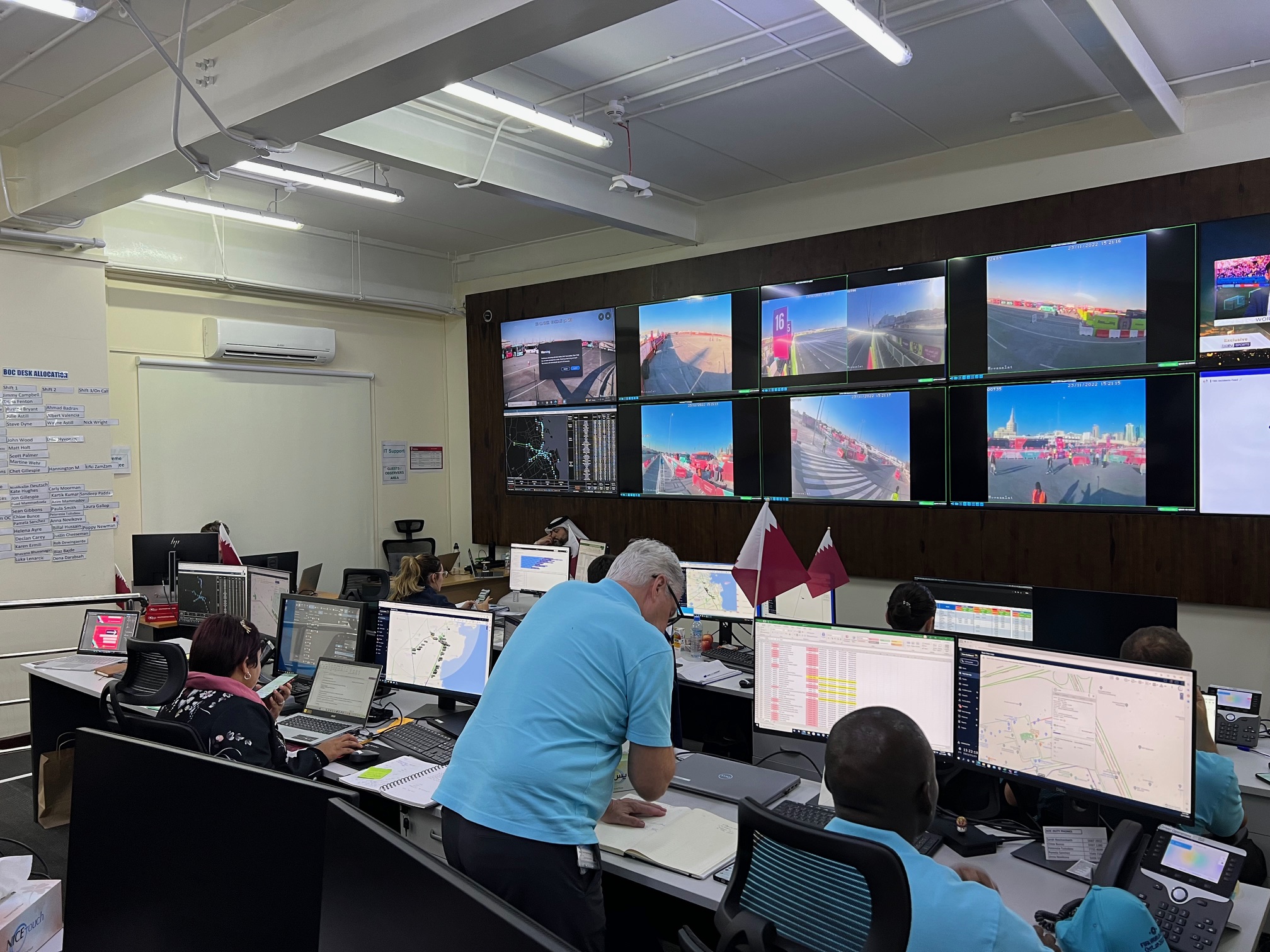
What happened then was a matter of size and planning. There were 3,000 new buses and 6,500 drivers hired from around the world. There were 2,900 staffers to manage loading zones at the venues and five purpose-built bus depots, including the largest electric bus depot in the world with 880 vehicles. At the Al Bayt Stadium, TMS needed to load 1,100 buses to get people from the venue to another stop. And FIFA’s requirement was that the stadium would be emptied within 90 minutes.
“You can’t load 1,100 buses but you can load a hundred buses 11 times,” O’Connor said. “And how do you do that so you don’t stop the people coming out of the venue and you make it so it’s quick? We loaded 30,000 people on 1,100 buses heading to all these destinations and cleared the venue in an hour and 20 minutes. That was done with creatively designing what we call the multi-stack load down design. Buses never crossed where pedestrians are going. The line from the stadium never stopped and we were able to move people that quick. And then you had to have hundreds of buses in a secondary staging to backfill the ones that you were loading and all that had to be clockwork.”
The impending series of mega-events in the United States are also all international ones, which lends itself to logistical planning starting with the airports in cities that host events (an issue that has been in the news). International guests are more likely to rely on public transportation to reach the event itself; TMS says it works on mega-events with hosts, venues, airport authorities and local DMOs to coordinate signage, transit info and staff touchpoints.
“(The FIFA World Cup) is going to be a huge logistical challenge for the cities and venues,” said Dan Sherman, TMS executive vice president. “We’ve seen that and heard that. There’s a massive number of different kind of stakeholders, that’s the difference. It’s one thing to host a Super Bowl every year, it’s another thing to host it for 30 days straight in 14 destinations.”
“It’s a massive footprint,” O’Connor said about the 2026 World Cup. “I really believe journey planning tools, properly implemented, can help because if I’m leaving Seattle and then I’m going to go to KC or New York for the next round, I’m going to want to know what do I do when I get there. The Journey Planner is a consistent means of telling people what to expect when you come to the next city.”
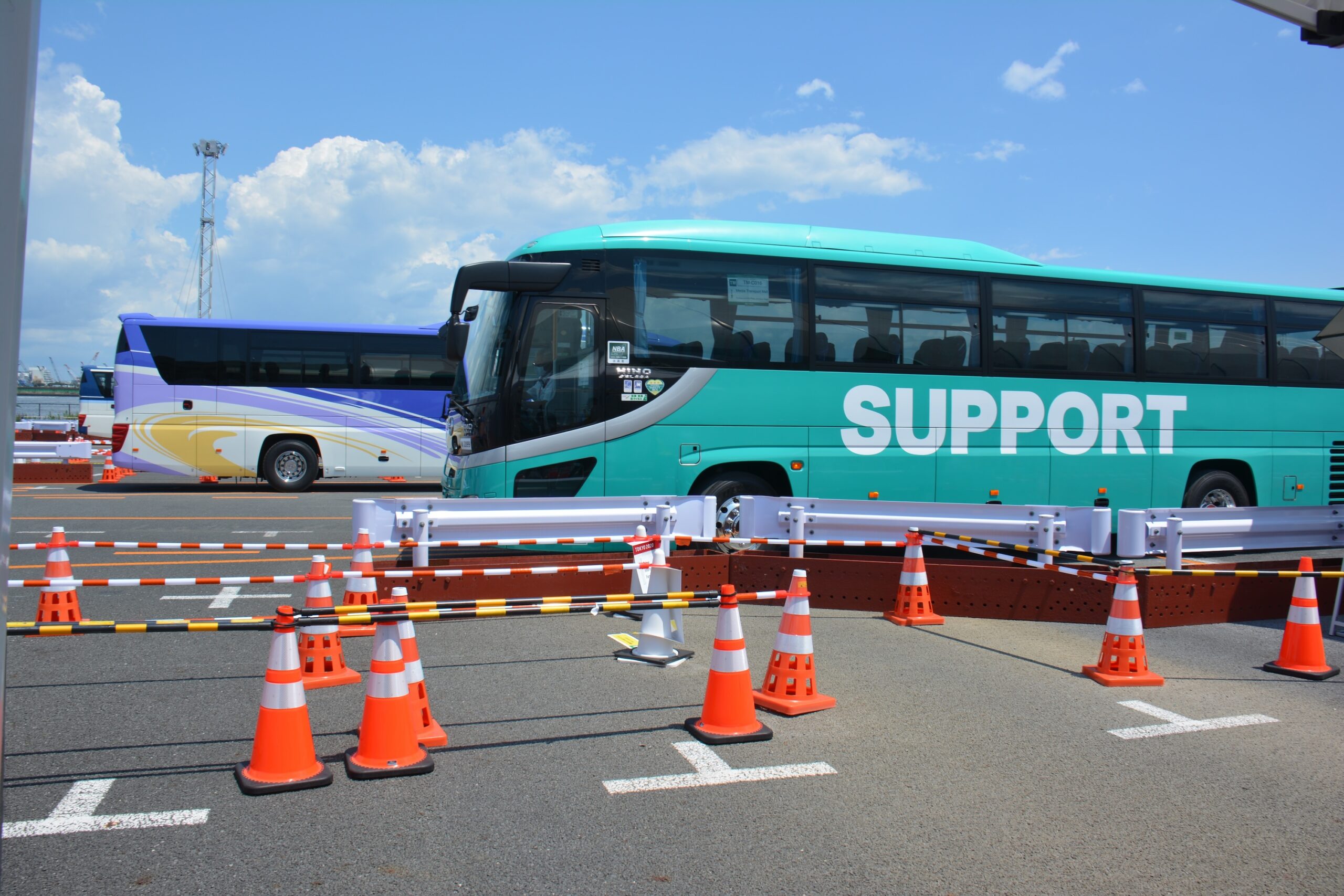
The Race to Autonomous Vehicles
TMS has approximately 100 full-time employees and more than 1,100 global personnel through a combination of full-time and contract-based professionals. The network is needed more than ever in the post-COVID landscape as the U.S. lost nearly 45% of its bus fleet and drivers. TMS says it advises host destinations responsible for event overlay to reserve early, especially when 200–400 buses may be required to move stakeholders.
Sherman says TMS also integrates a mobility dashboard and trip planner into event communications so attendees know all their options. “We’ve done a couple beta tests and so far the feedback’s been really great,” he said. “There’s not anyone that doesn’t want to integrate it into their events.”
The dashboard is part of an innovation wave throughout the transportation market. Both O’Connor and Sherman say TMS is watching with interest how the development of autonomous vehicles could change the “last mile” of the fan experience to the stadium for mega-events such as the World Cup.
“Innovating specifically in transportation isn’t a shiny tech subject, it’s about solving real problems,” Sherman said. “Autonomous is going to be the wave for the future for certain radiuses of innovative venues and destinations. It’s really just using technology smarter, developing better outcomes and itinerating differently with each event.”




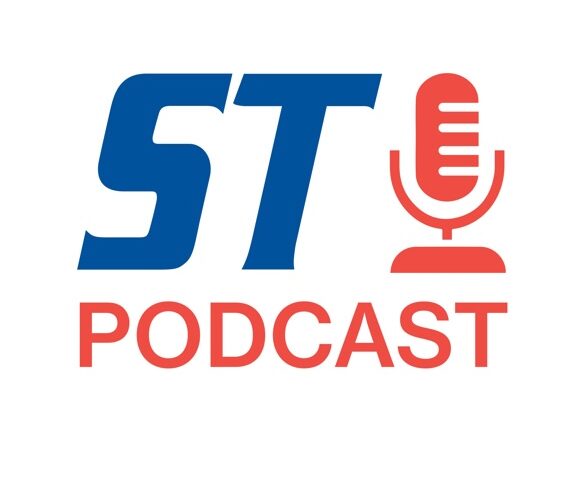
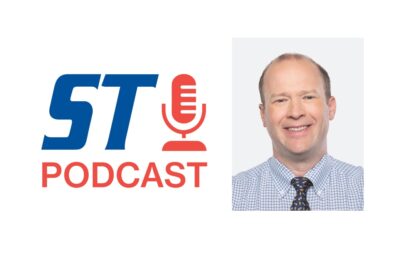

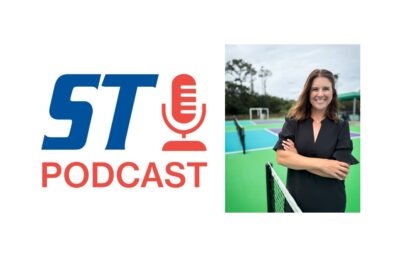



 Copyright © 2025 by Northstar Travel Media LLC. All Rights Reserved. 301 Route 17 N, Suite 1150, Rutherford, NJ 07070 USA | Telephone: (201) 902-2000
Copyright © 2025 by Northstar Travel Media LLC. All Rights Reserved. 301 Route 17 N, Suite 1150, Rutherford, NJ 07070 USA | Telephone: (201) 902-2000